Alternative Medicine
- By Healthy Living Liberty Lake
- •
- 22 Sep, 2017
- •

When people think of alternative medicine, a whole variety of things come to mind, including herbs, acupuncture, energy healing, Chinese medicine, and even supplements to name a few.
These different modalities can often be used in conjunction with western medicine or, in some cases, by themselves with as good or better treatment results. The problem is that insurances won’t pay for most alternative therapies, at least here in the US.
There’s hope for Europe, as recently the Swiss government has put 5 different forms of alternative healing in the mainstream of medicine.
Instead of insurances only paying for drugs and surgery, by this time next year, the following will happen:
- Chinese medicine will be treated equally with conventional
medicine by insurance companies.
- Acupuncture will have the same legal status as painkillers.
- Herbal remedies could be prescribed in place of certain
meds.
- Holistic physicians will work side-by-side with mainstream
docs.
- And homeopathy is paid for at the pharmacy!
These “alternative” treatments won’t just be allowed. They won’t even be grudgingly accepted. They will be actively encouraged – because Swiss insurance companies will be required BY LAW to cover them and treat them exactly the same as every form of mainstream medicine.
This stunning reversal is the result of opening up medicine and allowing the people who know best to decide which treatments should be allowed: PATIENTS!
Back in 2009, instead of simply being TOLD what to take and given no other options, Swiss patients were allowed to vote for which forms of medicine should be included in their coverage.
Some two million Swiss turned up at the polls, and more than TWO-THIRDS voted to ensure that these natural therapies are included in mainstream insurance coverage.
That’s a landslide victory and the experience of nearly 1.3 million who voted in favor is backed by science: Swiss experts have found that some 2,000 clinical trials back complementary medicine.
If the Swiss can do it, why can’t we?
There is a growing movement on the state level to require US insurers to cover alternative treatments and basic supplements that help optimize health. They would save potentially millions in the long run, as the health of patients would improve, saving millions on the cost of the drug alone.
In the meantime, don’t let insurance companies dictate your treatment – always, always do what is best for you and your family.
By Dr. Susan Ashley, M.D.

By Dr. Susan Ashley, MD

By Dr. Susan Ashley, MD

Opiates taken long term also leads to a reduced pain threshold, meaning a person on them will feel pain at a much earlier level than someone else.
There's a lot of interest now in using cannabis to reduce chronic pain, and studies have shown they can be quite effective for neuropathy, migraines, spasticity and joint pain.
However, it doesn't always work, and now a new study shows why.
Then at the end of the 4 years, the people who used cannabis for pain had greater pain severity scores They also found that the meds and other remedies taken for pain were less likely to be effective. In addition, they had greater generalized anxiety disorder severity scores. The bottom line-- the cannabis users were not able to decrease the use of narcotics. Why?
Because of the well known fact that chronic narcotic use decreases pain threshold. In fact in some people the threshold becomes so low that even minor pains can seem intolerable. In essence, the narcotics cancel the pain relieving effects of the cannabis.
Chronic opiates should be avoided as much as possible in chronic pain. Tolerance develops quickly, addiction can occur, and pain threshold is lowered. If you have chronic pain, use other modalities first to try to alleviate the pain. This includes cannabis, acupuncture, anti-inflammatory drugs, weight loss, energy medicine, and stem cells. We have used IV stem cells for reduction of neuropathy pain with good effects.
By Dr. Susan Ashley, MD
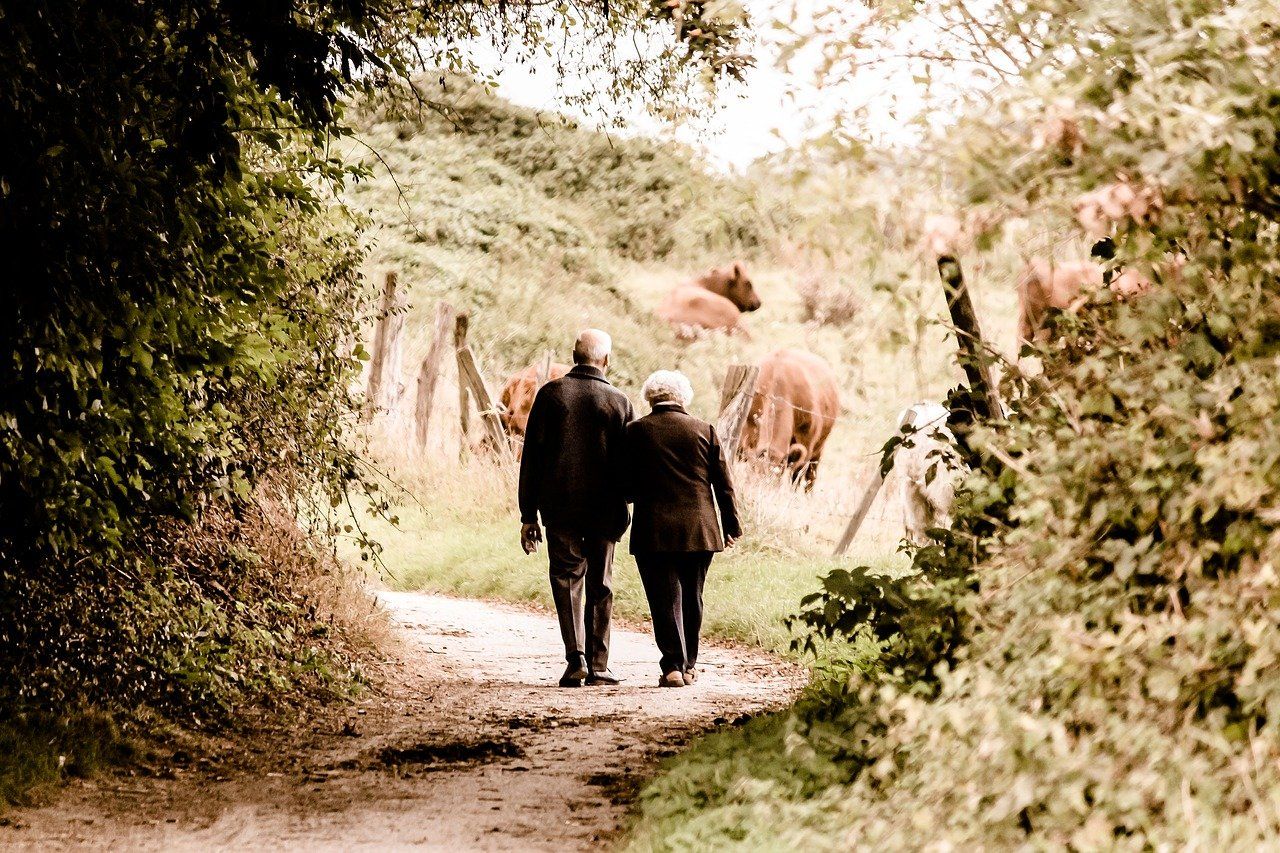
Not only that, but those who walked at a fast pace reduced their risk of death even further, by 24 percent.
All it took was putting one foot in front of the other a little more quickly!
And when the researchers zeroed in on cardiovascular disease deaths among participants over age 60, the results were even more striking.
Compared to the slowest walkers, average-paced walkers slashed their risk of dying from cardiovascular disease by 46 percent -- and the fast-paced walkers slashed it by a whopping 53 percent.
Now, the study didn't determine exactly how walking at a faster pace can add years to your life. And how fast do you have to walk just to hit the "average" mark? How brisk is brisk?
In the study, a "fast" pace was defined as one that makes you slightly out of breath or sweaty when sustained. That could vary depending on how much you weigh, how much sleep you got, how much you ate earlier in the day, etc. So there was no exact speed such as 3 mph or 4 mph.
By Dr. Susan Ashley, MD
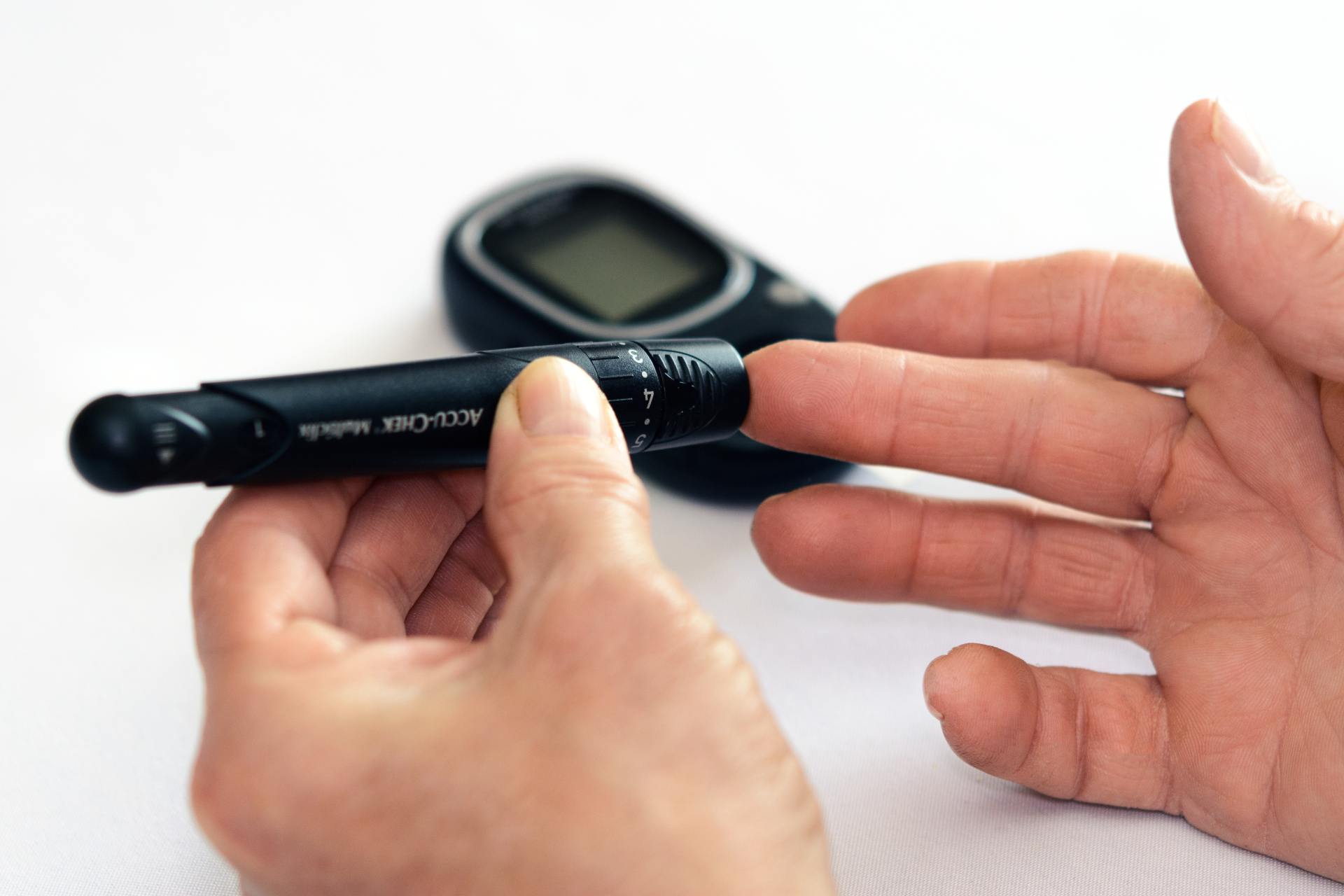
By Dr. Susan Ashley, MD
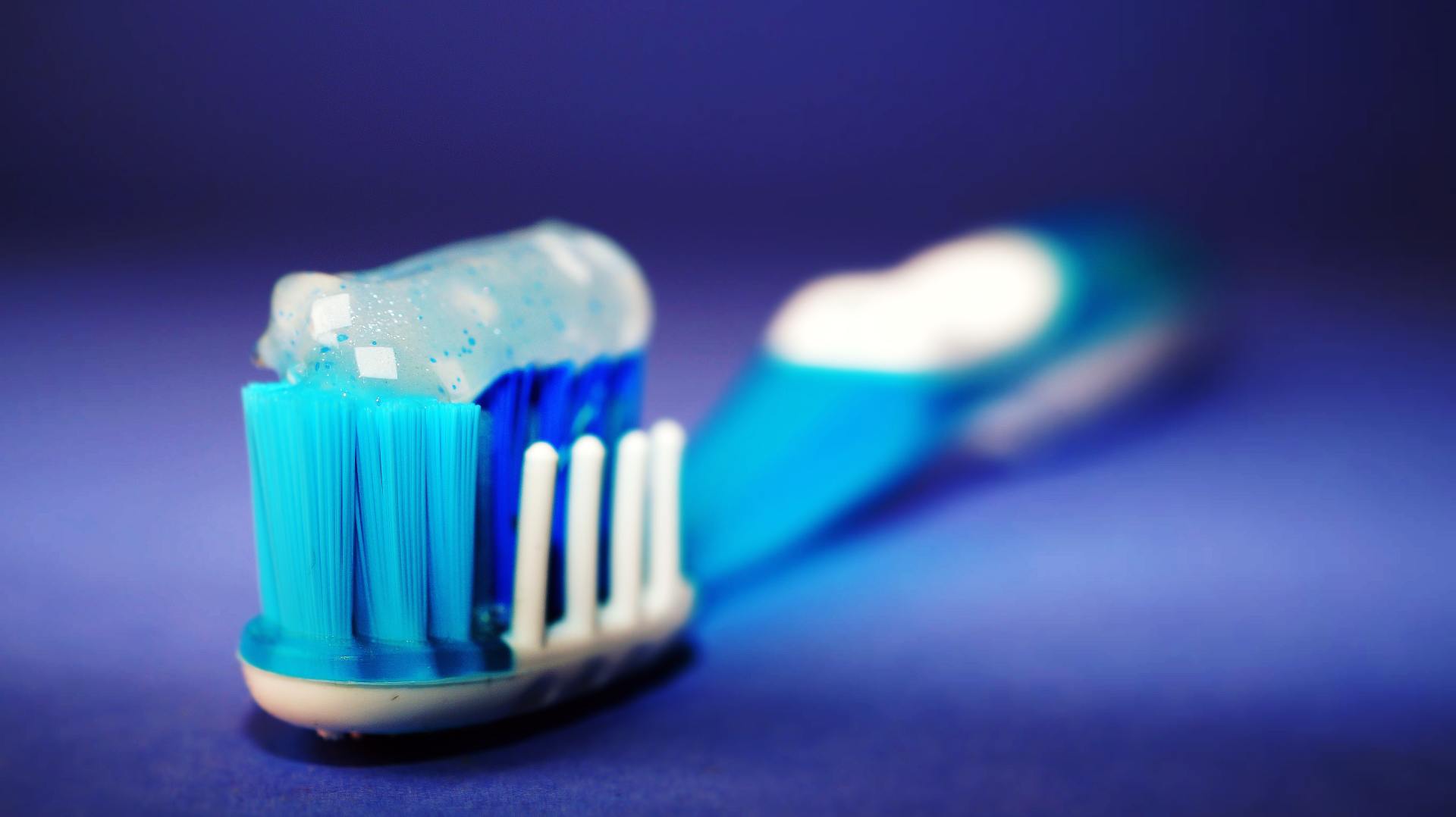
Side effects of triclosan include:
- About 1/2 cup coconut oil
- 2-3 Tablespoons of baking soda
- 2 small packets of stevia powder
- 15-20 drops of peppermint or cinnamon essential oil
- 10 drops myrrh extract (optional)
Natural Toothpaste Instructions
- Melt or slightly soften coconut oil.
- Mix in other ingredients and stir well. If using semi-hard coconut oil, use a fork, if not, use a spoon. If you are using completely melted coconut oil, you will need to stir several times while the mixture cools to keep the baking soda incorporated.
- Put mixture into small glass jar (I make different ones for each family member)
- Let cool completely.
- To use: dip toothbrush in and scrape small amount onto bristles. Could also use a small spoon to put on toothbrush.
By Dr. Susan Ashley, MD

By Dr. Susan Ashley, MD

By Dr. Susan Ashley, MD
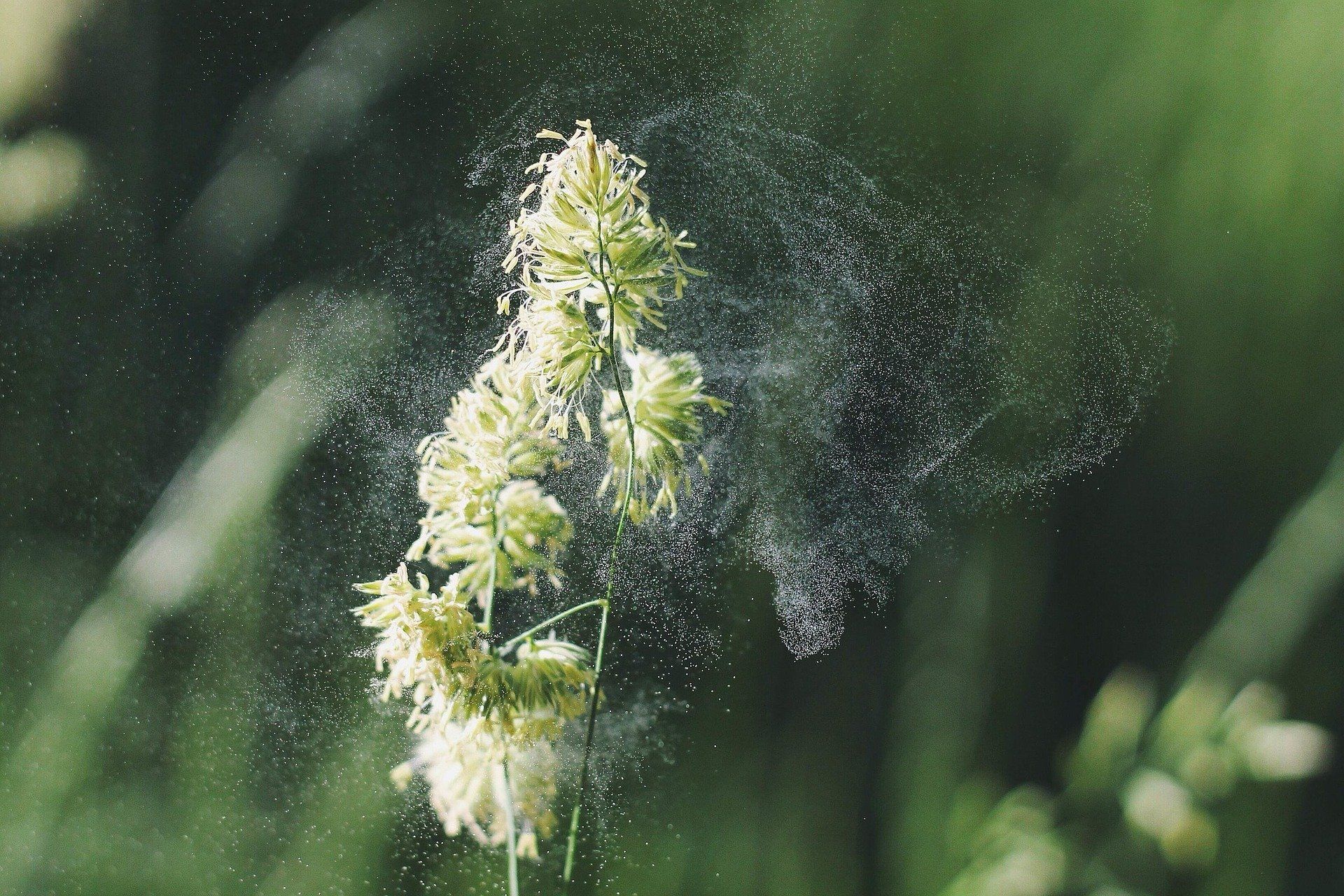
By Dr. Susan Ashley, MD
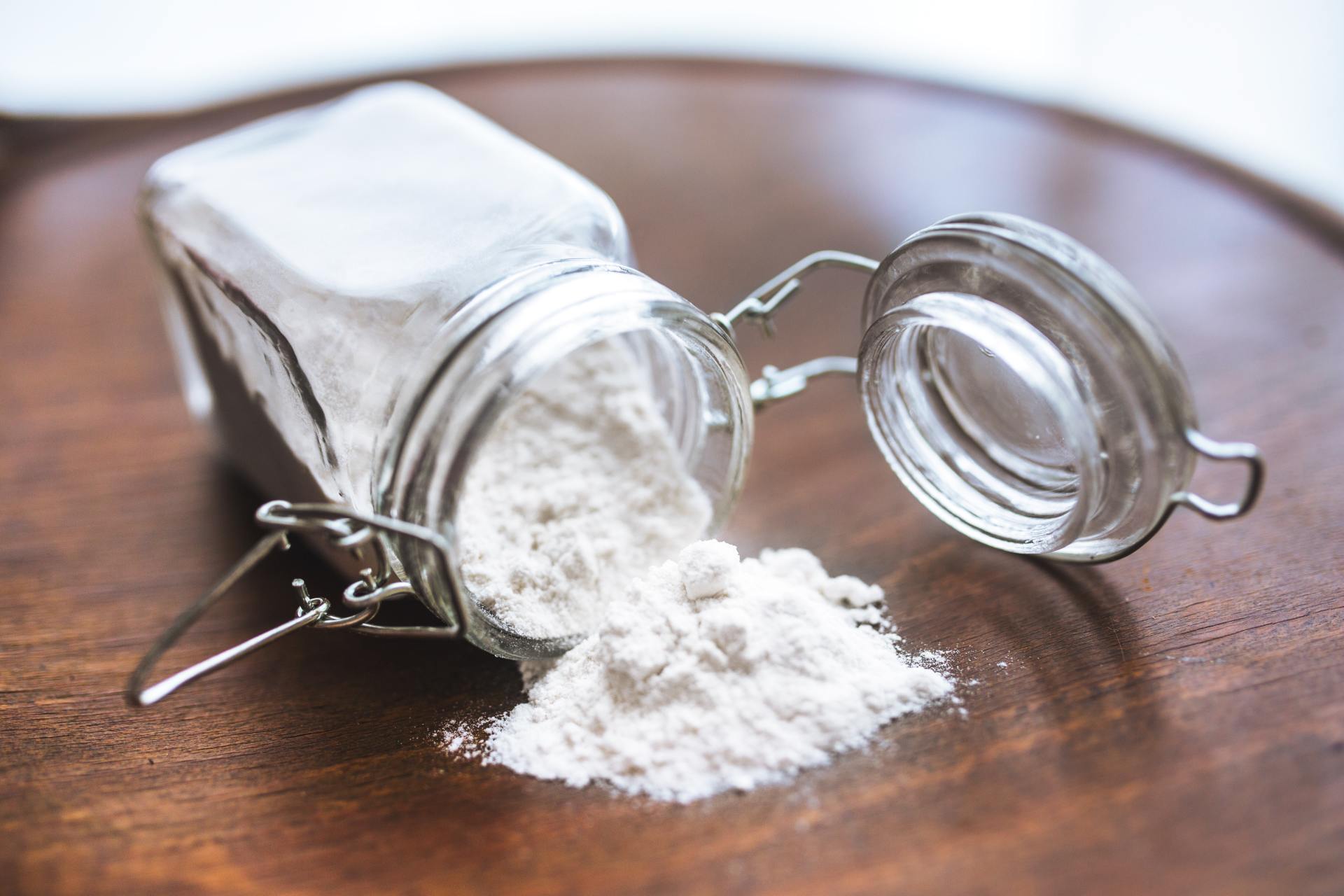
By Dr. Susan Ashley, MD
